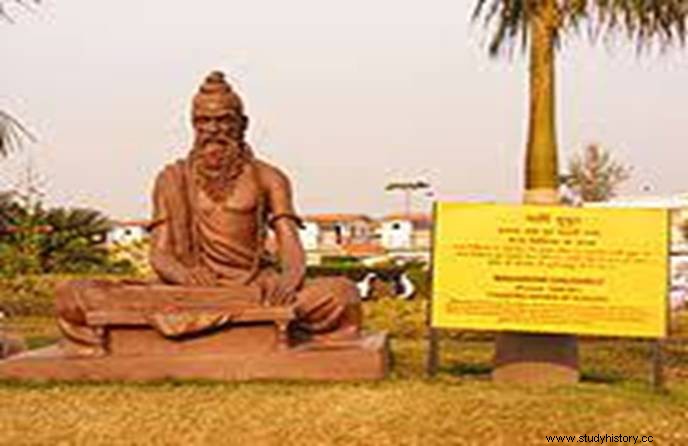
Modern science has greatly influenced Indian culture. Scientific inventions have contributed significantly in making human life happy on the one hand and on the other hand have also created the danger of destruction of the world.
At the heart of Indian culture was the plurality of religion in the ancient times, the conflict with foreign cultures in the medieval period and the abundance of scientific thought in the modern period. Yet it can never be said that scientific thought came to Indians only in the modern period. Indians had advanced science even when most of the countries of the world could not get out of the tribal system living in the forests.
There are many things related to science in the Vedas. Indian sages also had good knowledge of astronomy, astronomy, solar science, astrology, mathematics, Ayurveda and chemistry. The names of Maharishi Kanad, Varaha Mihir, Brahmagupta, Aryabhata, Charaka, Sushruta, Bodhayan, Bhaskaracharya etc. are taken with reverence among the scientists of ancient times. Scientists of the modern period include Jagdish Chandra Bose, CV Raman, Vikram Sarabhai, A.P.J. Names of Abdul Kalam etc. can be taken.
Sushruta
Acharya Sushruta, the father of surgery in Indian medicine and the founder of Sushruta Samhita, was born in BC. It happened in Kashi in the 6th century. He received education from Dhanvantari. Sushruta Samhita has a special place in Indian medical science. In the Sushruta Samhita, Sushruta is called the son of Vishwamitra. It is not clear which Vishwamitra is meant here. Sushruta had received the teachings of Shalytantra from Kashipathi Divodas.
The time of Kashipati Divodas is likely in the second or third century BCE. Aupadhenava and Vaitarni were the classmates of Sushruta. The name of Sushruta is also found in Navaneetaka. The opinion of Sushruta is quoted in the Ashtangasangraha; That view is not found in the Sushruta Samhita; From this it is inferred that apart from Sushruta Samhita, some other Samhita was also famous by the name of Sushruta.
Some scholars consider Sushruta's Uttaratantra to have been created by some other person. Various aspects of surgery are explained in detail in Sushruta Samhita. Sushruta used 125 types of instruments for the surgery. These instruments were designed keeping in mind the complexity of the surgery. These tools include special types of knives, needles, tweezers, etc. Sushruta discovered 300 types of surgical procedures.
Sushruta gained special expertise in cosmetic surgery. Sushruta also used to do eye surgery. In Sushruta Samhita, the procedure for cataract operation has been explained in detail. He also had the knowledge of giving birth by surgery. Sushruta had expertise in locating and mending broken bones. They used to give alcohol or other drugs to reduce the pain during surgery. Alcohol used to act as anesthesia.
Therefore Sushruta is also called the father of anesthesia. Apart from this, Sushruta also had special knowledge about the diseases of diabetes and obesity. Sushruta was not only a great surgeon but also a great teacher. He explained the principles of surgery to his disciples and made them practice surgery. In the early stages, effigies of fruits, vegetables and wax were used for the practice of surgery.
In order to understand the inner structure of the human body, Sushruta used to perform surgery on the dead body and explain it to his disciples. Sushruta acquired amazing skill in surgery and passed the knowledge on to other people. Along with surgery, he also gave information about other aspects of Ayurveda like body structure, physiotherapy, pediatrics, gynecology, psychiatry etc.
